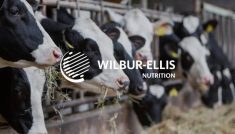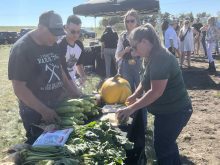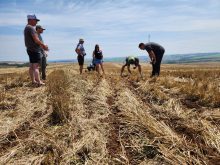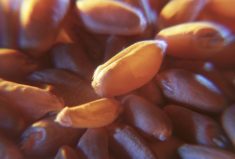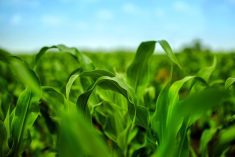Feedlot owners will be anxiously watching for rail deliveries of American corn for the rest of the winter.
“For us, we haven’t run out as of yet,” said Bryan Thiessen of Namaka Farms, a 29,000-head feedlot near Strathmore. “I don’t see that we are going to run out in the near future, but we’ve kept it on our radar.”
While some feeders have come within days of running out, transport of feed has been a concern since fall, said Janice Tranberg, president and CEO of the Alberta Cattle Feeders Association.
Read Also
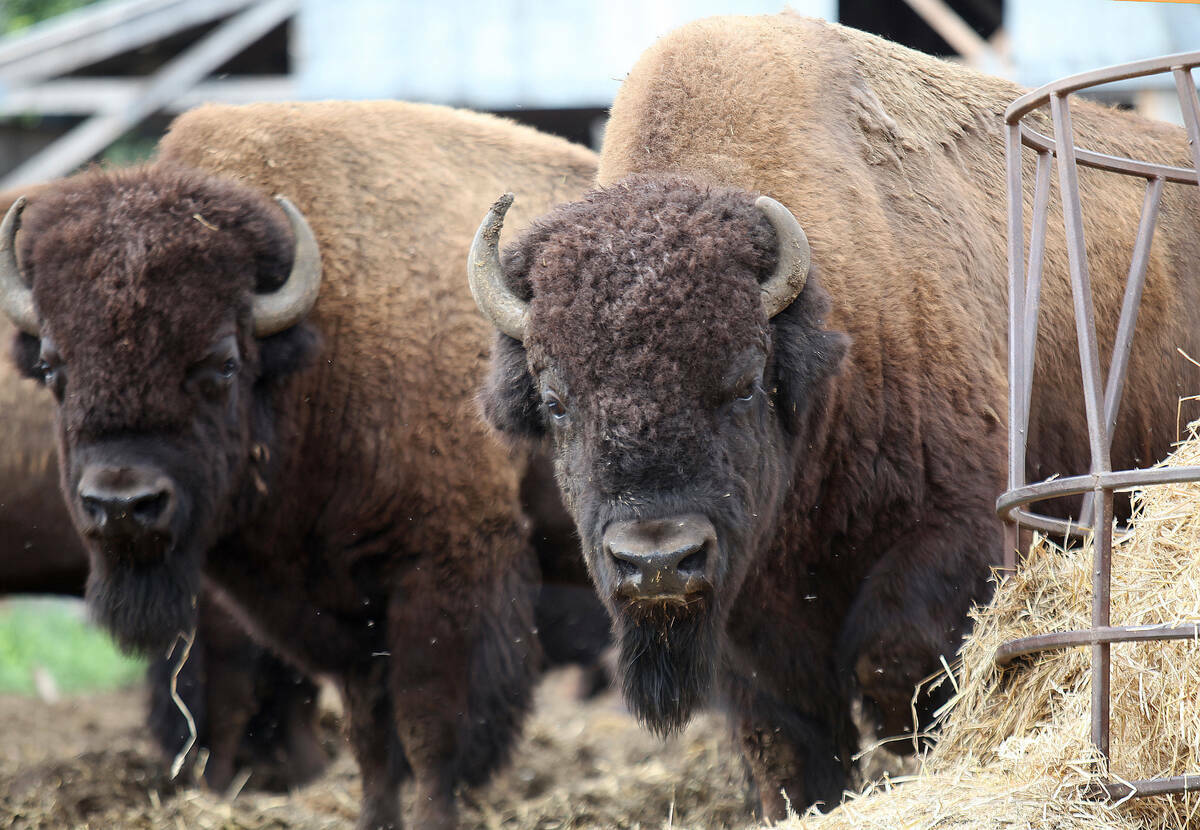
Bison prices remain high, but supply shrinks
Bison numbers are down amid increasing demand and record high market prices.
“The issue is not supply — there’s a lot of corn in the U.S., there’s a lot of dried distillers grains,” she said. “It’s really getting it up here.”
She estimates that three-quarters of the province’s feedlots, which fatten 1.5 million head, face shortages.
The drought has forced feeders to switch to American corn, with U.S. shipments up sixfold this fall and winter, according to USDA data. As of mid-January, about 2.1 million tonnes had been sold but not yet shipped, Reuters reported. Much of it is being moved by CP Rail, with a railway official saying it shipped 13 times the volume of corn last year, with shipments of dried distillers grains up threefold.
“Due to the price of other off- grade feed, primarily wheat and barley, corn was the best option, so everyone started to transition to corn (in November),” said Thiessen. “I don’t know if everything was set up properly for that huge increase in volume.”
Thiessen said he has never seen a situation like this before.
“In my history, the last time we had anything close to this was 2002, when we were bringing corn up from the United States,” he said. “But I don’t think the drought was wide throughout the Prairie provinces.”
Frigid weather has exacerbated rail delays, as trains need to be shorter and move more slowly during cold temperatures.
“Over Christmastime, a lot of shortages started to happen when cars didn’t show up, rail staff caught COVID-19, there was further demand and cold weather,” said Thiessen. “I think we got behind on the amount of corn that’s supposed to be coming up, based on what we were expecting.”
Tranberg agreed.
“Any buffer that feedlots had in their bins of feed quickly got used up and now they’re just rail car to rail car,” she said. “If anything comes up, like we get another bad storm or a blizzard and we can’t get the rail cars here timely enough, we’re in a tight situation.
“It really has farmers quite worried and they’re really going load to load.”
There is some feed grain available here but if U.S. deliveries slow again, supplies will “get burnt up very quickly,” said Thiessen.
“If we continue to have a shortage of corn going forward, it will make for a very interesting time,” he said.
And once cattle get on a specific diet, any changes to their rations have to occur fairly slowly, he said, adding rations can be reduced but at a cost.
“You’re just going to give them enough feed to maintain their weight,” said Thiessen. “That does drop the amount of feed you’ll be using, but you won’t be putting any weight on those cattle.
“We can dial back the amount of grain and feed more forage. But it’s basically doing the same thing. You’re lowering the energy content of the grain, or you’re lowering the amount of energy the animal is intaking.”
While feedlot owners have some storage on their operations, they depend on feed suppliers in their area or region but their grain stocks are minimal following the drought.
“This is a problem across the Prairies,” said Thiessen. “We have a feedlot out in Saskatchewan as well and we’re going to feed corn. There’s no grain available. I only received a third of my January supply and I don’t know when the rest of my order is coming in.”
Silage is another option, but that’s not a good choice, either, said Tranberg.
“If I made an analogy, I would say silage is like eating lettuce,” she said. “It would keep them alive, but they’re not going to gain anything.”
Feedlot owners have been talking to each other and trying to help each other out.
“It becomes difficult when it’s such a widespread phenomenon,” she said. “How do you share when you don’t have any either?”
The Alberta Cattle Feeders Association has also been talking to the beef packers and urging them to do what they can to move animals through their packing plants.
“That will help get cattle out of the feedlots,” said Tranberg. “That’s certainly one thing.”
Her association is also regularly in touch with the railways and the grain companies.
“CP is working with the grain companies and communicating with the feedlots to understand the need and it has committed to increasing rail cars,” she said. “And fingers crossed, if we can keep the trains coming, maybe we can help build that buffer up again and that’s what we’re hoping for.
“We predicted that this could happen and we made sure our colleagues in Agriculture and Agri-Food Canada, Transport Canada and local government knew the issue. They’ve been good to work with.”
Warmer weather would also help, she added.
“If we can just keep the rail lines and the transportation moving, I think we’ll be good,” she said.
– With files from Reuters



